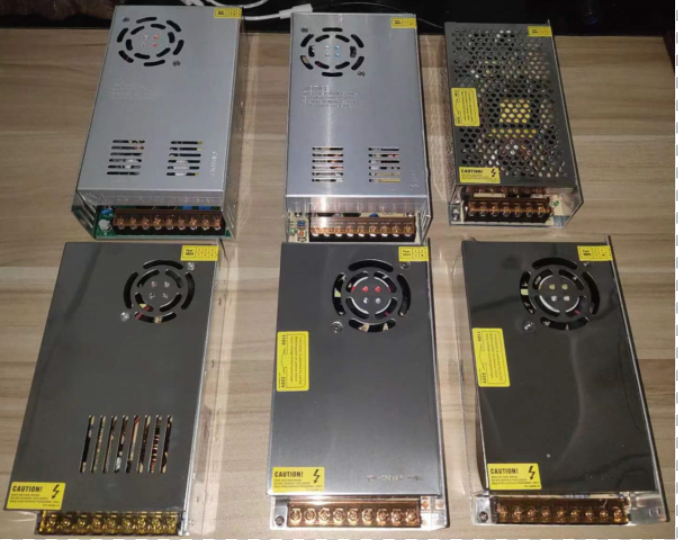
- by hopequan
- 0
- Posted on
- 403
How to choose the DC12V DC24V power supply for led lights
How to choose the DC12V DC24V power supply for led lights
When choosing a power supply for lights, particularly LED lights, there are several factors to consider to ensure compatibility and optimal performance. Here are some guidelines to help you choose the right power supply for your lights:
- Voltage Compatibility: Check the voltage requirements of your lights. LED lights typically operate at low voltage, commonly 12V or 24V DC (Direct Current). Ensure that the power supply you choose matches the voltage requirements of your lights. Using a power supply with the wrong voltage can damage the lights or cause them to malfunction.
- Power Capacity: Determine the power capacity or wattage required to operate your lights. The power supply should be capable of providing sufficient power to meet the total wattage of your lights. It’s recommended to choose a power supply with a capacity that exceeds the total wattage of the lights by a certain margin to ensure stability and avoid overloading the power supply.
- Current Rating: LED lights have a specified current rating, usually measured in amps (A) or milliamps (mA). Ensure that the power supply can deliver the required current to the lights. The current rating of the power supply should be equal to or greater than the total current required by the lights.
- Dimming Compatibility: If your lights are dimmable, check if the power supply supports dimming functionality. Dimmable LED lights often require a compatible dimmable power supply or a separate dimmer switch to control the brightness. Verify that the power supply is compatible with the dimming method you intend to use.
- Quality and Safety: Choose a high-quality power supply from a reputable manufacturer to ensure reliability, efficiency, and safety. Look for power supplies that comply with relevant safety standards and certifications, such as UL (Underwriters Laboratories) or CE (Conformité Européene). These certifications ensure that the power supply meets certain safety and performance criteria.
- Environmental Considerations: Consider the operating environment where the lights will be installed. If the lights will be used outdoors or in damp locations, choose a power supply that is rated for outdoor or wet environments. These power supplies are designed to withstand moisture, dust, and other environmental factors.
- Consult Manufacturer Guidelines: Refer to the manufacturer’s guidelines or specifications for the lights. They often provide recommendations or requirements for the compatible power supply. Following the manufacturer’s recommendations ensures compatibility and may also be necessary to maintain warranty coverage.
It’s important to note that if you are unsure about the specific power supply requirements for your lights, it is recommended to consult the manufacturer or a qualified electrician to ensure proper selection and installation of the power supply.

